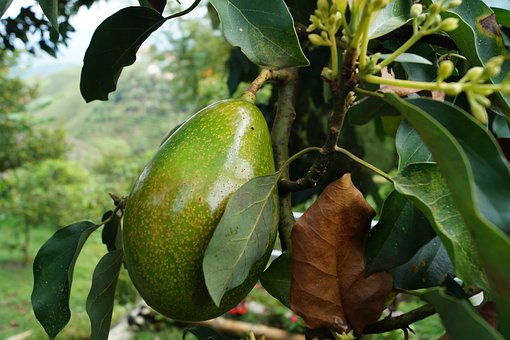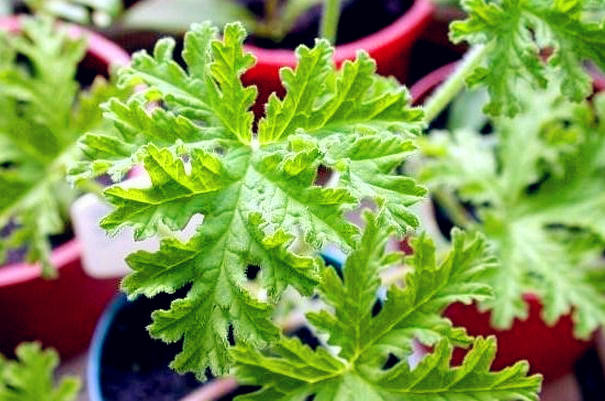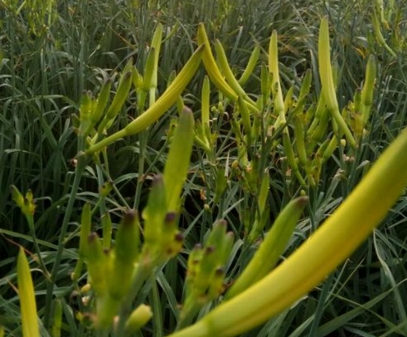Where do avocados come from? How to plant avocado trees? What kind of soil is suitable for?
Fruit is a kind of fruit with high nutritional value, which contains a variety of vitamins, rich fat and protein, and high contents of sodium, potassium, magnesium and calcium. Where do avocados come from? How to plant avocado trees? What kind of soil is suitable for? How many years will it turn out?

Where do avocados come from?
Avocados are native to Mexico and Central America, and then widely cultivated in California, so California has become the largest producer of avocados in the world, growing in the tropics and subtropics all over the world. however, it is most cultivated in the southern United States, Guatemala, Mexico and Cuba, and has formed three major populations: Mexico, Guatemala and West Indies. There are a small amount of cultivation in Guangdong, Hainan, Fujian, Guangxi, Taiwan, Yunnan and Sichuan.
How to plant avocado trees? What kind of soil is suitable for?
Overlay
Avocado is a fruit tree that grows in tropical rain forest and in competitive sunlight. It grows rapidly in the environment of high temperature and humidity, but grows slowly if the environmental conditions are not available. Therefore, the cultivation of avocado abroad mainly emphasizes growing grass or planting green manure near the plant at the initial stage, and covering a large amount of organic matter in the topsoil, forming a rainforest rhizosphere environment similar to that of origin, and stabilizing the ecological conditions of the rhizosphere. Promote the reproduction of microorganisms that can inhibit root rot activity. Therefore, from the young tree stage to the tree itself can form a cover layer through fallen leaves and before the occurrence of root rot, it is particularly important to carry out tree plate young trees. Begin to cover in winter, replenish the thickness in spring, and form a good cover in summer. Rhizosphere mulching can also reduce soil water evaporation, reduce the damage of dry heat to avocado, lower soil temperature in summer, increase soil temperature in winter, increase soil organic matter, reduce weeds and prevent soil erosion on sloping land. But keep the soil from getting too wet during the rainy season.
Fertilizer application
The young tree stage of 1-4 years after avocado planting is the period of laying the foundation for high-yield and high-quality cultivation of avocado. Reasonable fertilization should be applied to promote the rapid growth of young trees. The sign of lack of fertilizer in avocado trees is severe defoliation and withered branches. The rational fertilization of avocado young trees and fruit trees should be determined according to soil fertility, tree age, plant growth or growth and fruit. It is generally necessary to apply nitrogen, phosphorus, potassium and other complete fertilizers in a balanced manner, and it is best to guide fertilization through the nutrition analysis of soil and leaves. The red soil hillside in South China is lack of organic matter, available potassium and available phosphorus, so more attention should be paid to the application of potassium and phosphate fertilizer.
The roots of young avocado trees are easy to be damaged by nitrogen fertilizer, and the application of more nitrogen fertilizer is easy to make the branches and leaves grow and delay the fruit, so we should pay attention to the application of nitrogen fertilizer. In foreign countries, the amount of pure nitrogen applied to each plant is 110g / 450g per year, which increases year by year with the increase of tree age, and half of them use organic fertilizer as nitrogen source. A small amount of diligence should be applied in the first year after planting. In areas with frost, it is advisable to stop applying nitrogen fertilizer and apply more phosphorus and potassium fertilizer in autumn and winter to avoid cold damage to winter shoots. Calcium superphosphate was applied 900g per plant per year. 1.8~2.2kg was applied to each plant of potassium sulfate every year.
Drainage and irrigation water
Avocado is evergreen all the year round, and it is necessary to keep the rhizosphere soil moist throughout the year, and it is very sensitive to soil drought. once there is a lack of water, the physiological function is blocked, and the tree is weak, which leads to falling leaves and fruit, and the cold resistance is reduced in winter, so it is necessary to irrigate properly during drought. From fruit setting to fruit ripening, it is very important to maintain soil moisture. If the young fruit falls off seriously in the first month of fruit setting due to drought. In Hainan Island, the dry and hot weather from April to May caused serious fruit drop of avocado. Therefore, if it is sunny for 10 to 20 days and the garden soil begins to crack, it should be irrigated in time; if the rainfall is lower than transpiration and evaporation for a long time, supplementary irrigation should also be added. However, irrigation should be just right, not only sufficient, but also avoid excessive, generally soaking through the soil is appropriate, if too wet, it will aggravate root rot, but also reduce the content of soluble solids in fruit. It is best to use sprinkler irrigation or drip irrigation. Flooding irrigation may cause root rot, and drip irrigation can save water by 50% to 60%. Some dry leaves begin to curl, and the crown can be sprayed with water. Pay attention to drainage in the rainy season, especially in flat orchards.
Propagation mode of avocado
Propagate with seeds and grafts.
It is best to use container seedling, seedling diameter thick 0.8~1cm can be grafted, multi-use bud grafting or abdominal grafting method. The seedling 50~60cm can be planted, and the row spacing of the planted plants is 56.6m. Grafted seedlings were planted for 3 ~ 4 years or seedlings for 4 ~ 6 years to bloom and bear fruit. The mature trees produced 25~50kg and 100~150kg with high yield.
Disease control of avocado
Avocado root rot is the most destructive disease, the main pests are leaf moths, beetles, aphids and so on.
Avocado trees bear fruit for several years
After 3-4 years of planting, the yield of avocado trees is relatively stable in the sixth year, and the investment capital is relatively small. The yield of avocado trees is very high, with an average of 60kg to 70kg per tree, and the yield of some trees reaches 200kg, which has high economic value.
Time: 2019-03-25 Click:
- Prev

How many kinds of insect repellent are there? What does it look like? How should it be planted?
Mosquitoes are always around in the heat of summer, and mosquito repellent may help you solve this problem. So how many kinds of mosquito repellent are there? What does it look like? How should it be planted? Mosquito repellent generally has no side effects, but some people are inherently sensitive to the smell of mosquito repellent because of physical problems.
- Next

How much is dried cauliflower 2018-2019 per jin? Is fresh day lily poisonous? What are the prospects for the planting market?
Cauliflower, also known as Golden Needle, Lemon Hemerocallis, is a kind of traditional vegetable that people like to eat. It has high nutritional value and is regarded as a treasure on the table. It is cultivated all over the north and south of our country, and it is harvested every spring and autumn. it has the edible effect of clearing heat and diuresis, detoxification and detumescence.
Related
- Fuxing push coffee new agricultural production and marketing class: lack of small-scale processing plants
- Jujube rice field leisure farm deep ploughing Yilan for five years to create a space for organic food and play
- Nongyu Farm-A trial of organic papaya for brave women with advanced technology
- Four points for attention in the prevention and control of diseases and insect pests of edible fungi
- How to add nutrient solution to Edible Fungi
- Is there any good way to control edible fungus mites?
- Open Inoculation Technology of Edible Fungi
- Is there any clever way to use fertilizer for edible fungus in winter?
- What agents are used to kill the pathogens of edible fungi in the mushroom shed?
- Rapid drying of Edible Fungi

